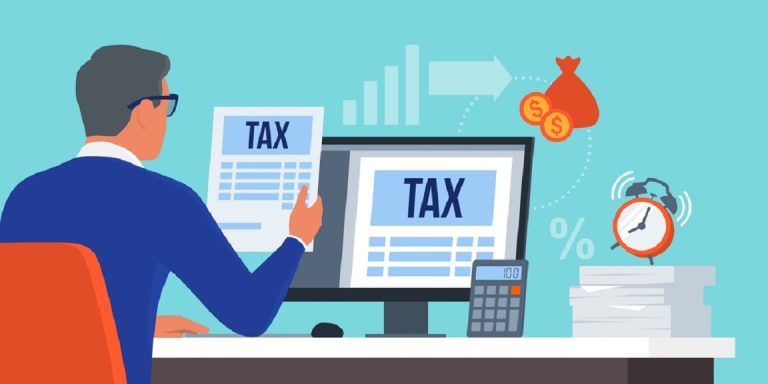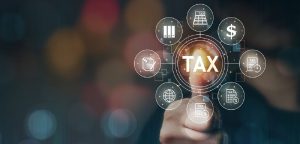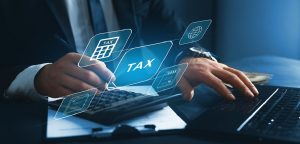The Section 10(14)(i) of the Indian Income Tax Act serves as a valuable provision that allows employees to claim tax exemptions on specific allowances paid by their employers. This section covers various reimbursements and allowances that don’t add to your taxable income, provided they meet certain conditions.
Understanding which allowances qualify under this provision can significantly reduce your tax burden and help you plan your finances better. Whether you’re a salaried employee or run a small business, knowing these exemptions ensures you’re not paying more tax than necessary while staying compliant with income tax regulations.
Understanding Section 10(14)(i)
The Section 10(14)(i) isn’t just another tax provision buried in legal jargon. It’s your gateway to legitimate tax savings on everyday work-related expenses. Think of it as the government’s way of saying, “We won’t tax you on money you spend for work purposes.”
This section specifically deals with allowances that are granted to meet expenses wholly, necessarily, and exclusively incurred in the performance of duties of an office or employment. The key phrase here is “wholly, necessarily, and exclusively” – these three words determine whether your allowance qualifies for exemption or not.
What Makes an Allowance Qualify?
For any allowance to qualify under Section 10(14)(i), it must tick these boxes:
- Wholly incurred: The entire amount should be spent on work-related activities
- Necessarily incurred: The expense should be essential for performing your job duties
- Exclusively incurred: The expense should be purely for official purposes, not personal use
Types of Allowances That Qualify for Exemption
Let’s dive into the specific categories of allowances that qualify for tax exemption under this provision. Understanding these categories helps you identify which of your current allowances.
Travel and Transport Allowances
Travel allowances represent one of the most common exemptions under this section. If your employer reimburses you for official travel expenses, these amounts don’t count as taxable income.
Transport allowances for daily commuting also fall under this category, though they’re subject to specific limits and conditions. The beauty of these allowances lies in their practical nature – they cover real expenses you incur while doing your job.
Professional Development and Training Allowances
When your company sends you for training or professional development, the allowances covering these expenses are typically exempt. This includes:
- Course fees and registration costs
- Accommodation during training periods
- Meals provided during official training sessions
- Study materials and books required for professional courses
Uniform and Equipment Allowances
Does your job require specific clothing or equipment? Allowances covering these items usually qualify for exemption. This is particularly relevant for:
- Security personnel uniforms
- Safety equipment in manufacturing units
- Professional attire requirements in certain industries
- Tools and equipment necessary for job performance
Documentation and Record-Keeping Requirements
Here’s where many taxpayers stumble, poor documentation. The tax department loves paperwork, and Section 10(14)(i) exemptions require solid proof of expenses.
Essential Documents to Maintain
Bills and receipts form the backbone of your exemption claims. Without proper documentation, even legitimate expenses can be disallowed during scrutiny.
Digital Record Management
Modern GST billing software often includes features for tracking and categorizing different types of allowances. This technological approach helps maintain organized records while ensuring compliance with tax regulations.
Software like MargBooks offers complete solutions for managing expense documentation, making it easier to track which allowances qualify for exemption under various tax provisions.
Common Misconceptions and Pitfalls
Even seasoned taxpayers sometimes fall into traps when it comes to allowance exemptions. These misconceptions can lead to incorrect claims or missed opportunities for legitimate tax savings.
The “Reimbursement = Exemption” Myth
Not every reimbursement qualifies for exemption. The expense must genuinely relate to your official duties. Personal expenses disguised as official ones won’t pass tax scrutiny.
Limit Confusion
Some taxpayers assume all allowances under Section 10(14)(i) have monetary limits. While certain allowances do have caps, others are exempt based on actual expenses incurred.
Documentation Delays
Waiting until year-end to organize expense documentation creates unnecessary stress. Regular record-keeping throughout the year makes exemption claims smoother and more accurate.
Practical Tips for Maximizing Your Exemptions
Smart taxpayers don’t just claim exemptions, they plan for them. Here are actionable strategies that can help you legally maximize your tax savings under this provision.
Plan Your Expenses Strategically
Strategic planning can help you maximize legitimate exemptions. Discuss with your employer about structuring allowances in tax-efficient ways that benefit both parties.
Leverage Technology
Using MargBooks or similar platforms can automate much of your expense tracking, reducing manual errors and ensuring nothing falls through the cracks.
Regular Review and Updates
Tax laws evolve, and what qualified for exemption last year might have different conditions this year. Stay updated with current provisions and adjust your approach accordingly.
Professional Consultation
For complex scenarios or high-value exemptions, consulting a tax professional ensures you’re claiming exemptions correctly while staying within legal boundaries.
Integration with Modern Business Practices
Nowadays business environment has fundamentally changed how allowances are processed and claimed. Modern technology offers new opportunities to streamline exemption processes while ensuring better compliance.
Digital Transformation Impact
The shift toward digital business operations has changed how allowances are processed and documented. MargBooks and similar platforms now offer integrated solutions that connect expense management with tax compliance.
Expense reports should detail the nature of the expense, date, amount, and purpose. Many businesses now use online invoice software to streamline this process and maintain digital records.
Remote Work Considerations
Remote work arrangements have created new categories of allowances that might qualify for exemption, such as home office setup costs and internet connectivity allowances.
Compliance Automation
Modern businesses increasingly rely on MargBooks solutions that automatically categorize expenses and flag potential exemptions, reducing manual effort while improving accuracy.
Conclusion
Understanding Section 10(14)(i) empowers you to make informed decisions about allowance structures and exemption claims. These provisions exist to ensure you’re not taxed on genuine work-related expenses, making your overall tax burden more reasonable. The key lies in maintaining proper documentation, understanding the “wholly, necessarily, and exclusively” criteria, and staying updated with current tax regulations.
By leveraging modern tools like MargBooks for expense management and working closely with your employer on allowance structures, you can maximize your legitimate tax savings while remaining fully compliant with income tax laws. Smart tax planning isn’t about finding loopholes – it’s about understanding and utilizing provisions correctly.




